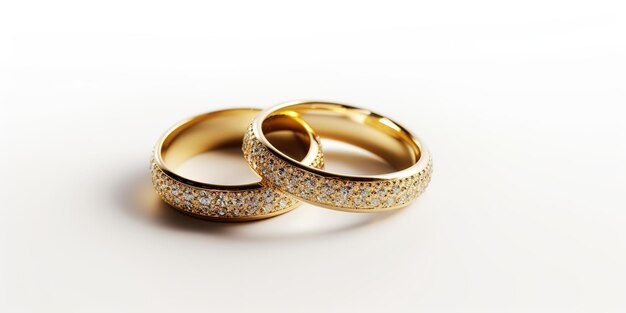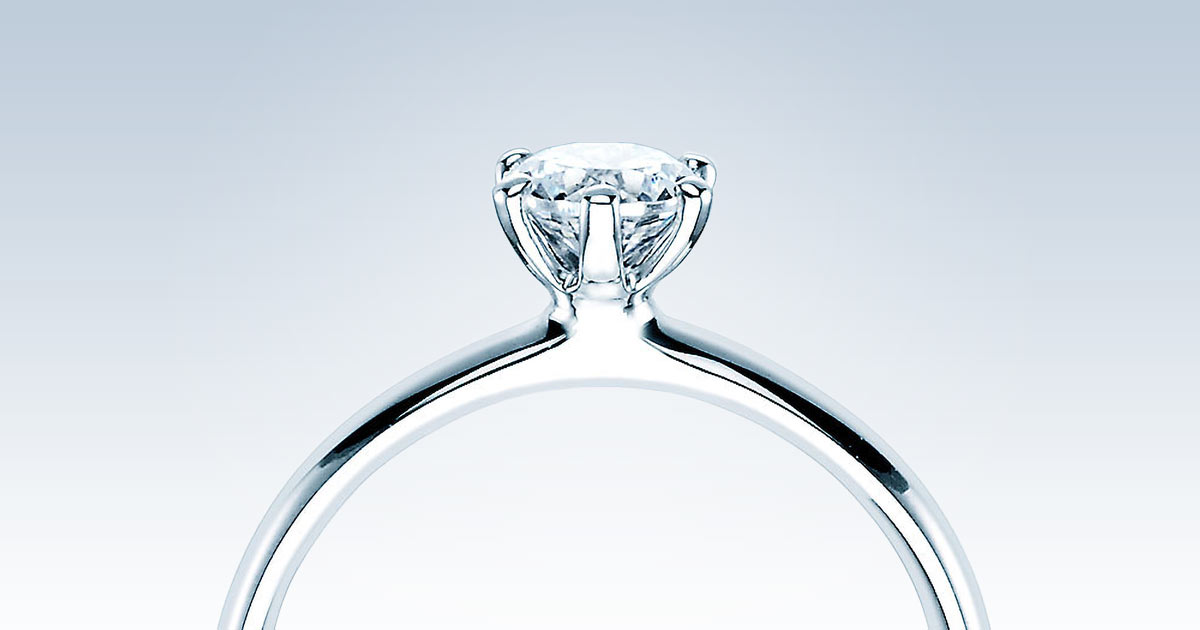
Mined vs. Lab Diamonds: A Comprehensive Comparison
Introduction
Diamonds have long been the symbol of luxury, love, and commitment. Whether you’re choosing an engagement ring or a dazzling necklace, you’ve probably faced the question: should you opt for mined or lab diamonds? While both types of diamonds boast their own unique qualities, understanding their differences can help you make a more informed choice. In this article, we’ll delve into the world of diamonds, exploring the intricacies of mined versus lab-grown gems.
Understanding Diamonds
What Are Natural Diamonds?
Natural diamonds are born from nature’s furnace. Formed deep within the Earth’s mantle under intense heat and pressure, these gems can take millions of years to develop. Their formation is a slow process of carbon atoms crystallizing in a tetrahedral structure, which gives diamonds their extraordinary hardness and brilliance. Because of their rarity and the natural conditions required for their formation, mined diamonds are often viewed as more traditional and valuable.
What Are Lab Diamonds?
Lab diamonds, on the other hand, are created in controlled environments that mimic the natural conditions of the Earth’s mantle. Scientists use high-pressure, high-temperature (HPHT) or chemical vapor deposition (CVD) methods to replicate these conditions. The result is a diamond that is chemically and physically identical to its mined counterpart. Lab diamonds offer a modern twist on the classic gem, allowing for innovation and precision in their creation.
Origins of Diamonds
How Mined Diamonds Are Formed
Natural diamonds start their journey in the Earth’s mantle, where carbon atoms are subjected to extreme temperatures and pressures. Over millions of years, these atoms crystallize into diamonds. Once formed, they are brought to the surface through volcanic eruptions, where they are eventually mined from kimberlite pipes or alluvial deposits. This lengthy process contributes to their rarity and value.
The Lab Diamond Creation Process
Lab diamonds are created using two primary methods. The HPHT method replicates the natural conditions by using a press to exert high pressure and temperature on carbon. The CVD method involves creating a plasma field to deposit carbon atoms onto a substrate. Both methods result in diamonds that are virtually indistinguishable from mined diamonds in terms of physical and chemical properties.
Color and Clarity
Color and clarity are pivotal in diamond valuation. Lab diamonds often have fewer inclusions and can be produced in a wider range of colors compared to natural diamonds. This is due to the controlled environment in which lab diamonds are created, which minimizes the introduction of impurities and irregularities.
Cut and Carat Weight
The cut of a diamond affects its sparkle and overall appearance. Lab diamonds can be cut with precision due to advanced technology, often resulting in superior cuts compared to some mined diamonds. Carat weight remains consistent across both types, though lab diamonds can be more affordable for larger sizes due to their more predictable supply.
Cost Analysis
Price Differences
Lab diamonds generally cost less than mined diamonds. This is primarily because lab diamonds are less rare and their production involves fewer costs compared to mining operations. Mined diamonds involve significant expenses related to extraction, transportation, and environmental impact, which are reflected in their higher price tags.
Factors Affecting Diamond Prices
Several factors influence diamond prices, including the diamond’s origin, the cost of production, and market demand. Mined diamonds often come with additional costs due to their environmental impact and the complex supply chain. Lab diamonds, being more cost-efficient to produce, are often priced more competitively.
Ethical Considerations
Environmental Impact of Mined Diamonds
Mined diamonds can have significant environmental consequences. The mining process often involves large-scale excavation, which can lead to habitat destruction and ecological disruption. Additionally, the use of water and chemicals in mining operations can have adverse effects on local ecosystems.
Ethical Issues and Conflict Diamonds
Conflict diamonds, also known as blood diamonds, are mined in war zones and sold to fund armed conflicts. While regulations have been put in place to address this issue, concerns about the ethical sourcing of mined diamonds persist.
Sustainability of Lab Diamonds
Lab diamonds are often touted as more sustainable and ethical. They require less environmental disruption and eliminate the risk of conflict diamonds. For those concerned with ethical consumption, lab diamonds offer a more transparent and responsible alternative.
Market Trends
Popularity of Lab Diamonds
Lab diamonds are gaining popularity due to their affordability, ethical advantages, and the increasing acceptance of synthetic gemstones. Consumers are becoming more informed and are choosing lab diamonds for their modern appeal and responsible sourcing.
Consumer Preferences
Consumer preferences are shifting as people become more aware of the benefits of lab diamonds. Many buyers appreciate the ability to get a larger or higher-quality diamond for the same price, or less, compared to mined diamonds. This trend is reflected in the growing market share of lab diamonds.
Future of the Diamond Market
The future of the diamond market appears to be leaning towards lab-grown options. With advancements in technology and a growing emphasis on sustainability, lab diamonds are expected to become increasingly mainstream. This shift may redefine traditional perceptions of diamond value and desirability.
Buying Guide
How to Choose Between Mined and Lab Diamonds
Choosing between mined and lab diamonds depends on personal values and preferences. Consider factors such as budget, ethical concerns, and the significance you place on traditional versus modern aspects of diamond ownership.
What to Look for When Buying
When buying a diamond, whether mined or lab-grown, ensure that it is certified by a reputable gemological institute. This certification will provide details on the diamond’s quality and authenticity. Additionally, consider the seller’s return policy and warranty.
Conclusion
In the end, whether you choose a mined or lab diamond, the most important thing is that it reflects your personal style and values. Both types of diamonds offer unique benefits and can make stunning choices for any occasion. By understanding the differences between mined and lab diamonds, you can make a more informed decision and select a gem that truly resonates with you. Happy diamond shopping!





